The best time of year to groom dogs in Australia is during spring and summer, when dogs shed their winter coats and need help staying cool. However, each season presents unique grooming needs, and a regular year-round grooming schedule is key to your dog’s health, comfort, and coat condition.
Seasonal Grooming in Australia: Why Timing Matters
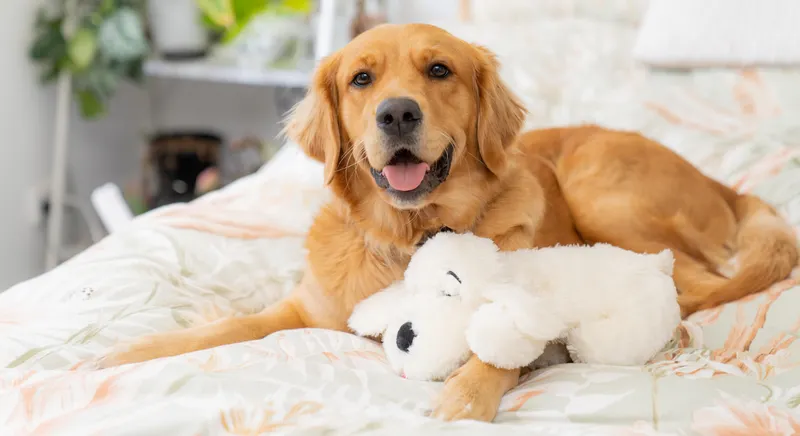
Australia’s climate varies dramatically depending on region — from tropical in the north to temperate in the south. That means grooming schedules must adjust to local conditions.
Understanding Australia’s Seasons and Their Effect on Dog Grooming
Key seasonal differences by region:
- Northern Australia (QLD, NT): Hot, humid — year-round shedding and moisture concerns
- Southern Australia (VIC, TAS, SA): Cooler winters — thicker coats that shed in spring
- Inland regions (NSW, WA): Dry air — prone to coat dryness, matting, and skin issues
Each season brings its own grooming demands, and understanding this is vital to your grooming routine.
Grooming Dogs in Hot Weather: Summer in Australia
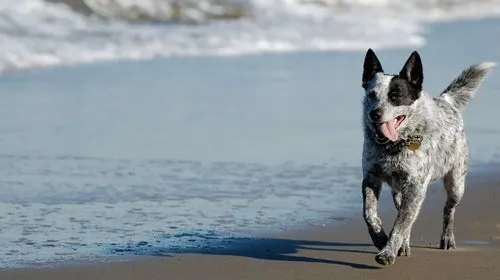
Summer (December to February) is often the most demanding grooming season due to heat and humidity.
Grooming priorities during summer:
- Trim coats (not shave) to prevent overheating
- Brush more frequently to remove dead hair and promote air circulation
- De-shedding treatments for double-coated breeds
- Monitor for heatstroke signs: excessive panting, lethargy, drooling
- Protect paws — hot pavement can burn paw pads
- Bathe regularly to remove sweat and allergens, but don’t overdo it
Summer grooming isn’t just cosmetic — it’s critical for comfort and cooling, especially for long-haired breeds like Golden Retrievers, Border Collies, and Huskies.
Winter Grooming Tips: Should You Groom Dogs in Cold Weather?
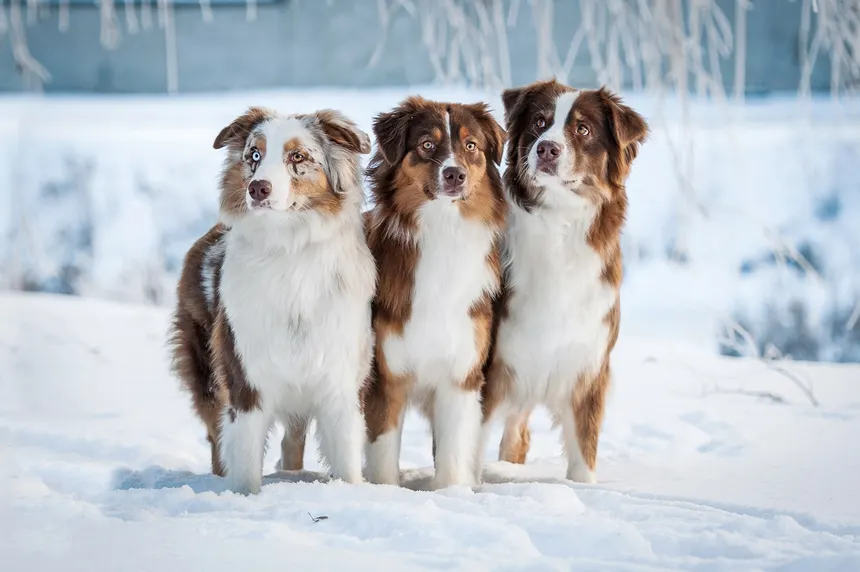
Yes, you should groom dogs in winter — just differently. Many owners mistakenly avoid grooming when the weather gets cold, but neglecting winter grooming can lead to matting and skin infections.
Focus areas during winter:
- Maintain brushing schedule to prevent undercoat matting
- Avoid close trims unless necessary (leave insulation for warmth)
- Moisturise the skin with dog-safe products to combat dryness
- Keep paws clean and trimmed — wet walks can cause irritation
- Bathe less frequently unless needed (keep your dog dry post-bath)
Breeds with continuous hair growth (e.g., Poodles, Shih Tzus) still require haircuts, even in winter.
Spring and Autumn Grooming: Managing Shedding and Coat Transitions
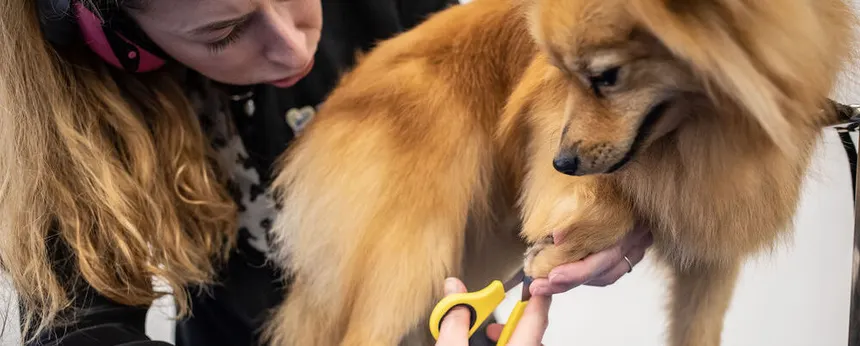
Spring and autumn are transition seasons, marked by shedding and coat turnover.
In Spring:
- Dogs shed winter undercoats
- Brush daily to prevent hair build-up and mats
- Start clipping/trimming as the weather warms
- Address seasonal skin allergies early
In Autumn:
- Dogs prepare for cooler weather by growing denser coats
- Keep grooming to control loose fur and skin debris
- Reduce allergens by cleaning ears and bathing as needed
- Use this time to reset grooming schedules before winter
Breed-Specific Grooming Needs by Season
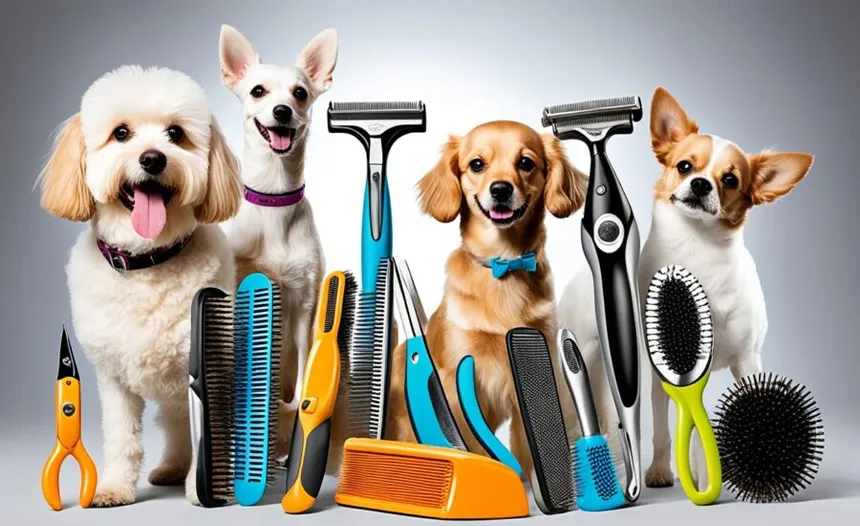
“Do all dog breeds need professional grooming? Not all dogs shed or grow coats the same way — coat type and breed impact your seasonal grooming plan.”
Long-Haired Dogs:
- Need frequent brushing year-round
- Prone to matting and skin issues in summer
Short-Haired Dogs:
- Less maintenance, but still shed seasonally
- Weekly brushing helps prevent buildup
Double-Coated Breeds (e.g., Huskies, Malamutes):
- Never shave — it disrupts insulation and heat regulation
- Require thorough de-shedding in spring and summer
Flat-Coated vs Curly-Coated:
- Flat-coated breeds (e.g., Labradors) shed more
- Curly-coated breeds (e.g., Poodles) need regular trims
Small vs Large Breeds:
- Small dogs may need more frequent grooming (they’re often indoors)
- Large dogs may develop mats faster if not brushed consistently
How Often Should You Groom Your Dog Year-Round?
“How often should a dog be groomed? Grooming frequency depends on coat type, breed, and activity level — but consistency is key. Seasonal adjustments also help ensure your pet remains healthy and comfortable.”
Grooming frequency by coat type:
Coat Type | Brushing Frequency | Bathing | Haircuts | De-shedding |
Short coat (e.g., Beagle) | 1x/week | Monthly | Rare | Spring/Fall |
Medium coat (e.g., Golden Retriever) | 2-3x/week | Monthly | 6–8 weeks | Spring/Summer |
Long coat (e.g., Afghan Hound) | Daily | Monthly | 4–6 weeks | Spring |
Curly coat (e.g., Poodle) | 2–3x/week | Monthly | 4–6 weeks | Rare |
Double coat (e.g., Husky) | 3–5x/week | Monthly | Avoid shaving | Spring/Summer |
Maintain a monthly calendar to ensure you don’t fall behind — it’s easier to keep up than catch up.
DIY Grooming vs Professional Groomers: When and Why
Not all grooming tasks are created equal. Some can be done at home — others are best left to pros.
When to groom at home:
- Brushing
- Nail trimming
- Ear cleaning
- Light bathing
When to hire a professional:
- Haircuts and styling
- De-shedding double coats
- Mat removal
- Skin or coat issues needing specialist care
Look for professional dog groomers in your area with experience in your dog’s breed. At Careers Collectiv, we recommend choosing certified groomers who use breed-specific techniques and have a gentle handling style.
Climate-Specific Grooming Advice by Australian Region
Hot & Humid (QLD, NT):
- Prioritise cooling cuts and paw care
- Frequent baths to remove sweat and allergens
- Use grooming tools that control moisture build-up
Cool & Dry (VIC, TAS):
- Focus on hydrating the skin and preventing static
- Avoid over-bathing
- Brush more often to manage shedding
Coastal (Sydney, Perth) vs Inland (Canberra, Alice Springs):
- Coastal areas need grooming to manage moisture and salt exposure
- Inland areas face dust, matting, and dry skin — moisturising is essential
Where you live directly impacts how you groom — one-size-fits-all advice doesn’t work in Australia.
Pet Grooming Schedule for Every Australian Dog Owner
Here’s a simple calendar-style checklist for year-round grooming based on seasonal priorities.
Monthly Grooming Calendar:
January–February (Summer):
- Light trim or full haircut
- Nail trimming
- Weekly ear checks
- Daily brushing for long/double coats
March–May (Autumn):
- Brush to manage early shedding
- Moisturise coat/skin
- Prepare coat for winter growth
June–August (Winter):
- Avoid trimming too short
- Brush undercoat weekly
- Maintain dry, clean ears and paws
September–November (Spring):
- Daily brushing for shedding
- De-shedding treatments
- Full groom before summer
Use reminders or phone apps to track grooming routines — it prevents small problems from becoming big ones.
Why Regular Grooming Is a Health Essential, Not a Luxury
Dog grooming in Australia isn’t a seasonal whim — it’s a vital part of your pet’s health care. Matting, skin infections, and heatstroke can all be reduced or avoided with a consistent grooming routine.
From understanding your regional climate to adjusting for seasonal changes, your grooming plan should:
- Protect your dog’s coat and skin
- Support seasonal comfort
- Improve hygiene and prevent health issues
- Strengthen the bond between you and your pet
At Careers Collectiv, we educate and empower pet owners to take proactive grooming steps that suit their lifestyle, region, and dog’s breed. Whether you DIY or hire a groomer, stay in tune with the seasons — and your dog will thank you all year round.